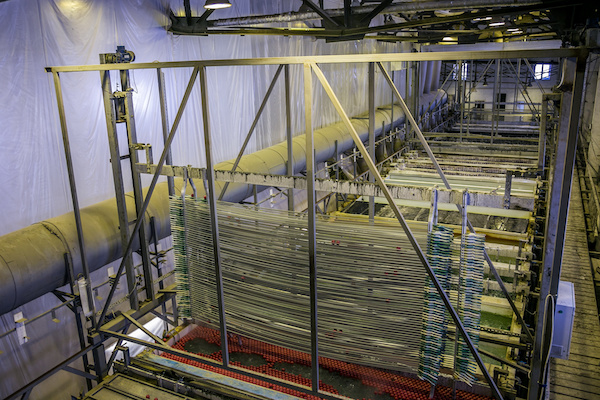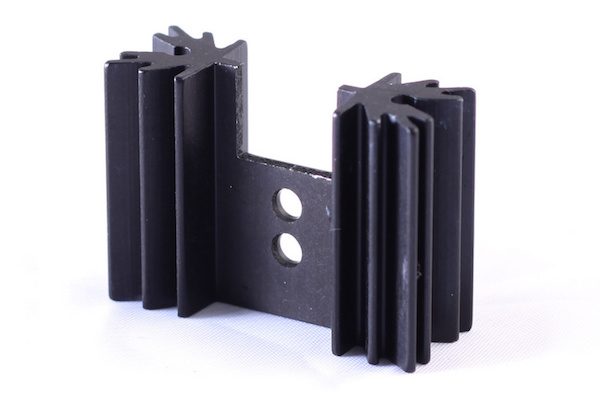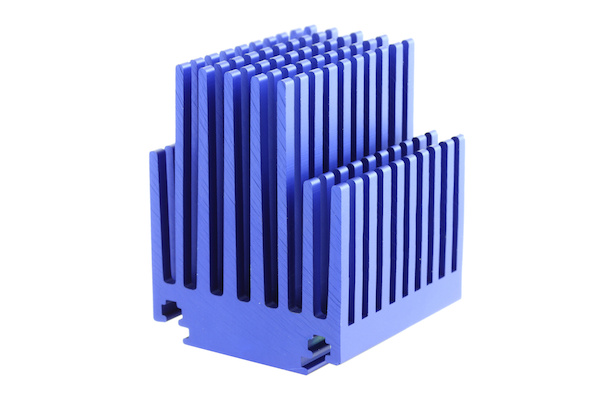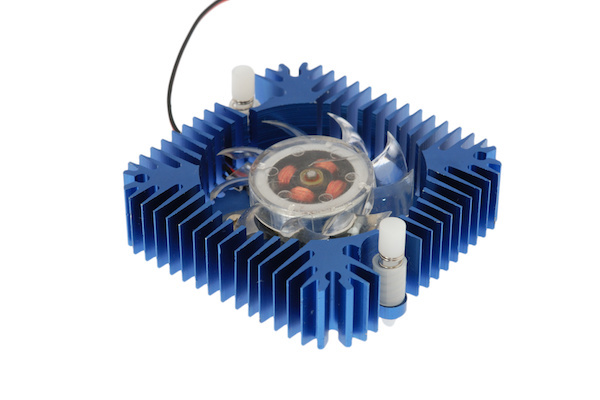Anodized Aluminum Heatsinks: What You Need to Know
There are different types of heat sinks. Some are made from copper and some are made from aluminum. But, most commonly, heatsinks are made through the process of aluminum extrusion. And those extruded heat sinks are also commonly anodized.
Why is this the case? What benefits does anodization offer? Let’s first talk about how anodization works and then the benefits it offers.
What is the Anodization Process?
Unlike painting or powder coating, there is nothing applied to the aluminum’s surface. Instead, anodization thickens the naturally-occurring oxide layer on the surface of the metal that protects it from corrosion.
How does the anodization process work?
Your extrusions are placed in an electrolytic bath. A low-voltage, high-amperage direct current passes through them.
What are the Benefits of Anodizing Heat Sinks?
- Improved Corrosion Resistance
- Improved Wear Resistance
- Increased Electrical Isolation
- Improved Surface Emissivity
Corrosion resistance, wear resistance, and electrical isolation improve because of the thickness of the oxide layer.
The unfinished surface of aluminum can be measured at an emissivity of approximately 0.05. The emissivity of an anodized aluminum surface can be measured at around 0.85.
This is a significant difference. But the improved radiation heat transfer will have a more pronounced effect (percentage-wise) on heat sinks that are smaller. It will also have less overall impact on active heat sinks (which utilize a fan).
Does Color Impact Heat Sink Performance?
The porous oxide layer can be filled with dye that gets locked in and is resistant to fading.
Anodized heat sinks can be dyed in colors like blue, green, black, and so on. It is important to note, however, that the only real impact of color is a visual one. Regardless of the color, heat transfer will not be affected.
It’s also important to note that you should never paint or powder coat heat sinks. These coatings will act as an insulator. They will negatively impact heat transfer.
Should You Choose Anodized Heat Sinks for Your Project?
It will increase surface emissivity as well. The increase in emissivity makes a more pronounced difference in small, passive heat sinks.
If your heat sink is large, the improved radiation heat transfer makes less of a difference. In an active heat sink especially, the difference will be minimal.
You should weigh the costs of anodizing vs. the benefits it offers. And remember to never paint or powder coat your heat sinks.




